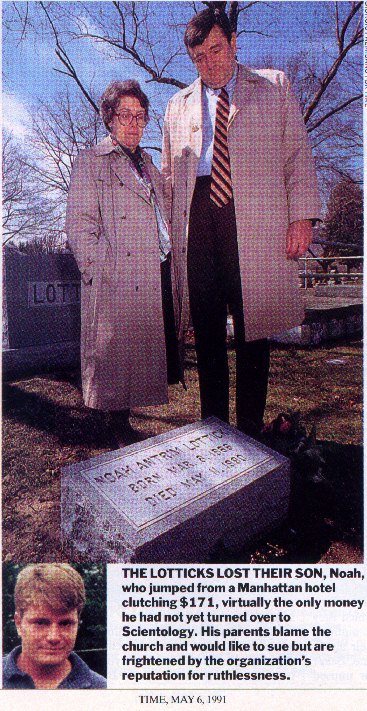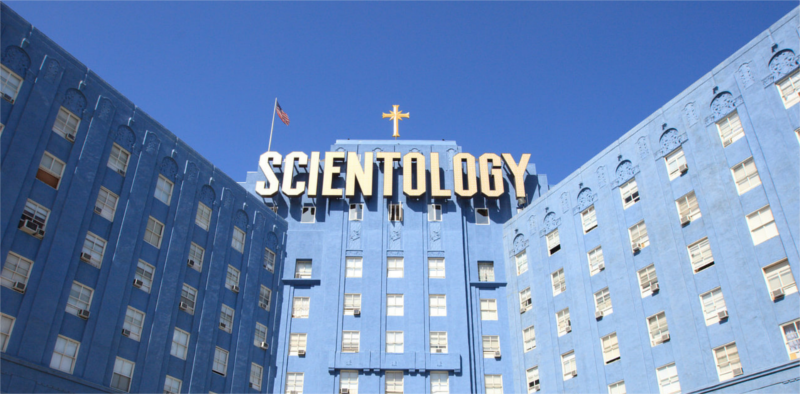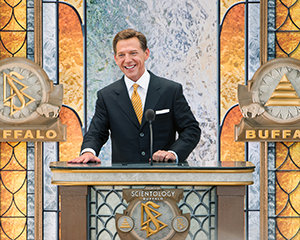Encouraging the Mind: Opening the Secrets of Scientology
Scientology, a spiritual system established by L. Ron Hubbard in the 1950s, has gathered both intrigue and conflict throughout the years. With its emphasis on attaining spiritual enlightenment and enhancing one's psychological well-being, Scientology provides an unique viewpoint on the human mind and heart. Via the application of its core concepts, followers claim to open covert capacities and locate a deeper understanding of themselves and the globe around them. Nonetheless, the secrets and practices behind Scientology remain shrouded in mystery for several, leaving a curious gap waiting to be filled up.
The Origins of Scientology
The beginnings of Scientology can be mapped back to the very early 1950s when L. Ron Hubbard created the fundamental concepts of this questionable spiritual motion. Drawing from his earlier self-help system referred to as Dianetics, Hubbard broadened his ideas to form what would end up being Scientology. In 1952, he published his influential job, "Dianetics: The Modern Science of Mental Health And Wellness," which prepared for the ideas and techniques that specify Scientology today.
Hubbard's mentors focused on the concept of the human mind as a repository of past injuries, called engrams, which impede personal advancement and spiritual development. With a process called auditing, followers of Scientology goal to clear themselves of these engrams and attain a state of psychological clearness and spiritual enlightenment recognized as Clear.
The very early years of Scientology saw quick development as Hubbard's ideas resonated with a segment of the population looking for option methods to self-improvement and spiritual gratification. Regardless of encountering criticism and controversy, Scientology has continued to progress and draw in followers worldwide, shaping the ideas and lives of its participants.
Core Ideas and Practices
Discovering the essential tenets and routines of Scientology discloses a complicated tapestry of beliefs and methods that assist adherents in their spiritual journey. At the core of Scientology is the idea in the never-ceasing spirit, referred to as the thetan, which is seen as real self that goes beyond the physical globe (Scientology). Scientologists look for to drop adverse past experiences through a process called bookkeeping, where a counselor assists individuals attend to trauma and unfavorable feelings to reach a state of spiritual well-being
Central to Scientology is the technique of Dianetics, a collection of ideas and techniques developed by L. Ron Hubbard that intends to boost psychological wellness and self-awareness. With Dianetics, adherents strive to achieve a state of "clear," where they are devoid of the unfavorable effects of past traumas and can fully recognize their spiritual potential.
In addition, Scientology stresses individual growth and self-improvement with programs and counseling sessions targeted at boosting interaction abilities, partnerships, and total wellness. These practices develop the foundation of Scientology's technique to spiritual enlightenment and empowerment.
Dianetics: The Science of the Mind
Diving right into the midsts of Scientology exposes Dianetics as the foundational scientific research guiding followers on a trip of psychological wellness and self-awareness. Developed by L. Ron Hubbard, Dianetics focuses on the mind's reactive mind, which shops agonizing experiences, read the article resulting in unfavorable behaviors and feelings. The core facility of Dianetics is that these adverse experiences can be addressed with a procedure called bookkeeping, where people recall and face past traumas to achieve a state called Clear.
By determining and dealing with these past stressful experiences, people intend to accomplish a state of psychological clarity and psychological well-being. Dianetics serves as a device for individuals to recognize the functions of their very own minds and overcome restrictions that hinder individual development additional resources and joy.

Getting Spiritual Knowledge
Structure upon the structure of Dianetics, the search of spiritual knowledge within Scientology incorporates an extensive trip in the direction of internal peace and transcendence. Accomplishing spiritual enlightenment in Scientology entails a collection of practices and trainings created to help individuals get to a state of higher awareness and understanding of themselves and the globe around them.

Scientologists think that by boosting their understanding of the thetan and accomplishing a state of spiritual clearness, they can achieve a higher level of consciousness and recognition (Scientology). This enhanced recognition is believed to bring about a sense of inner peace, consistency, and link to deep space
Using Scientology Concepts
Applying the fundamental concepts of Scientology in daily life calls for a deep understanding of its teachings and a dedication to individual growth and growth. One key facet of applying Scientology concepts is the practice of boosting communication skills.
An additional critical aspect of applying Scientology principles is the idea of values and integrity. Scientologists are motivated to live morally and truthfully, taking responsibility for their choices and activities. Scientology. By aligning their habits with their values and principles, people can cultivate a sense of honesty and self-regard
In addition, applying Scientology principles includes the quest of expertise and self-improvement. Scientologists worth continuous knowing and personal advancement, aiming to increase their understanding of themselves and the globe around them. Via research study and reflection, individuals can deepen their knowledge of Scientology teachings and integrate them into their daily lives, fostering personal growth and empowerment.
Conclusion
Finally, Scientology, founded by L. Ron have a peek at these guys Hubbard, is a religion that concentrates on attaining spiritual knowledge via the technique of Dianetics and adherence to its core ideas. By applying Scientology principles, fans look for to boost their psychological wellness and accomplish a higher state of consciousness. Via the research and application of its mentors, individuals intend to unlock the keys of the mind and reach a higher understanding of themselves and the world around them.

Comments on “Inside Scientology: A Deep Dive into Its Organizational Structure”